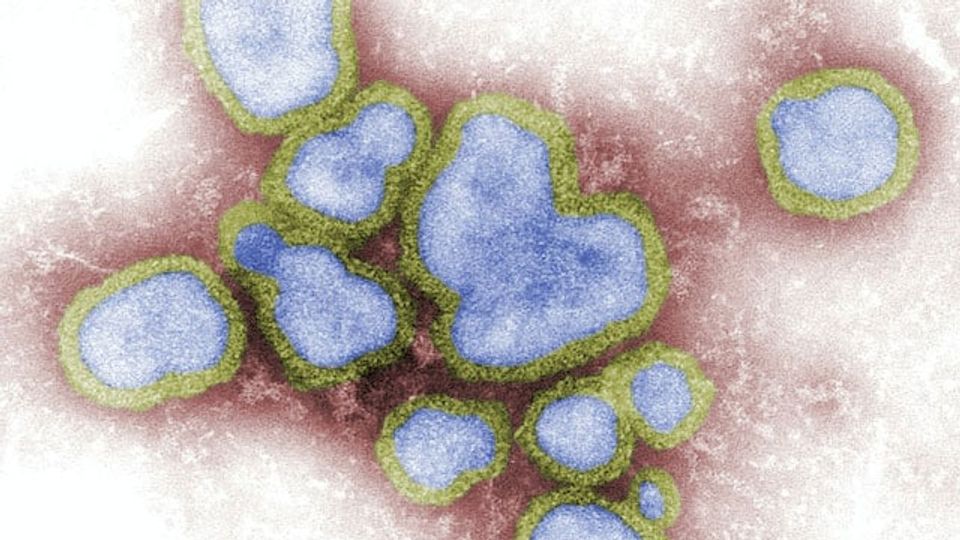Pathways and Genes Essential for Influenza A Immune Defense Identified

Complete the form below to unlock access to ALL audio articles.
Researchers have identified the gene TDRD7 as a key regulator against influenza A virus (IAV), which causes respiratory tract infections in 5 to 20 percent of the human population. These findings could facilitate the development of novel therapeutic interventions against influenza virus infection. The study, led by the Icahn School of Medicine at Mount Sinai in collaboration with other institutions, was published in Science Advances on October 5.
IAV is responsible for 250,000-500,000 deaths per year worldwide. When IAV infects its host, an immunological response composed of a series of molecular processes begins. IAV can infect several different species, and physiological and genetic differences among these species can contribute to different host responses, although some responses are shared.
“Identifying key defense processes and key regulators in multiple species can facilitate the development of treatments for IAV in humans,” said Bin Zhang, PhD, Director of the Center for Transformative Disease Modeling, Willard T.C. Johnson Research Professor of Neurogenetics, and Professor of Genetics and Genomic Sciences at Icahn Mount Sinai, who led the study.
The study used RNA sequencing to analyze gene expression over time in cells and tissues collected from IAV-infected humans, ferrets, and mice, identifying multiple key defense processes specific to tissues and species. One gene found to play a key role in immunological defense mechanisms against IAV across all species was TDRD7, which encodes a Tudor domain-containing protein, a type of protein shown to be involved in epigenetic regulation. In light of this discovery, the researchers conducted subsequent experiments inhibiting the function of TDRD7, resulting in an increase of virus replication in IAV-infected models.
“Identifying both common and species-specific responses to influenza is essential in developing effective therapies for the flu and can help inform future research of other respiratory infections, such as COVID-19,” said Christian Forst, PhD, Assistant Professor of Genetics and Genomic Sciences, and Microbiology, at Icahn Mount Sinai and a first author of the study.
Co-first authors on the research team also include Laura Martin-Sancho, PhD, Staff Scientist at Scripps Research, California, and Shashank Tripathi, PhD, Assistant Professor, Microbiology and Cell Biology, Centre for Infectious Disease Research, Indian Institute of Science, Bangalore.
Senior authors on the research team also include Adolfo García-Sastre, PhD, Irene and Dr. Arthur M. Fishberg Professor of Medicine and Director of the Global Health and Emerging Pathogens Institute at Icahn Mount Sinai in New York, and Elodie Ghedin, PhD, Chief of the Systems Genomics Section and Deputy Chief of the Laboratory of Parasitic Diseases at the National Institute of Allergy and Infectious Diseases, National Institutes of Health.
Reference: Forst CV, Martin-Sancho L, Tripathi S, et al. Common and species-specific molecular signatures, networks and regulators of influenza virus infection in mice, ferrets and humans. Sci Adv. 2022;8(40):eabm5859. doi: 10.1126/sciadv.abm5859
This article has been republished from the following materials. Note: material may have been edited for length and content. For further information, please contact the cited source.

